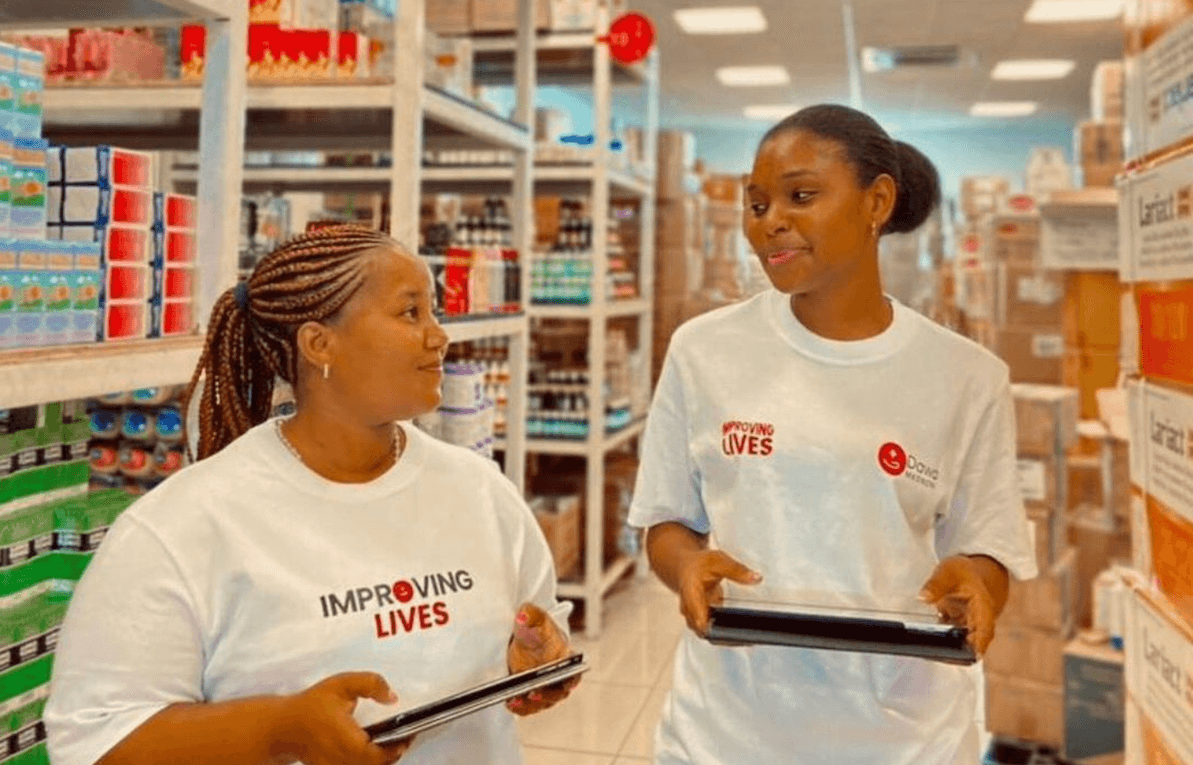Impact Frontier’s Impact Reporting Norms target a leverage point in the impact investing system: impact reporting. They promise to provide greater clarity and integrity in reporting by fund managers and greater incorporation of impact into decision-making by asset owners and allocators.
Here are some examples of impact reports that exemplify aspects of the Impact Reporting Norms:
For going past outputs to outcomes: New Markets Venture Partners
New Markets’ report presents their careful thinking about how portfolio companies’ outputs will translate into short-, medium-, and long-term outcomes for affected stakeholders, always making sure to define each outcome as an aspect of the stakeholder’s lived experience. This report is also great for considering all five dimensions of impact, rather than just a subset. See for example the Impact Performance Summaries for portfolio companies Graduation Alliance (page 24) and Mantra Health (page 28).
The latest impact report from KIBOW, in Japan, is also notable in that each portfolio company snapshot has a well-articulated theory of change that goes at least to the level of outcomes. These take a different form for each portfolio company, providing a spectrum of interesting examples for others to learn from.
For going past outcomes to impacts: One Acre Fund
One Acre Fund thoughtfully uses right-sized impact evaluations not only to understand the outcomes experienced by the smallholder farmers they serve, but whether One Acre Fund is actually causing improvements to those outcomes. This is always welcome and is especially appropriate for models that rely on blended finance or other forms of tax-advantaged capital. See, for instance, the comparison of outcomes for One Acre Fund Farmers versus control groups of other farmers on page 10. As One Acre Fund always says, Farmers First!
For sharing things that didn’t work and lessons learned: Acumen
One clear message from the public consultation is that investors want impact reports to include both the ups and the downs. It’s hard to be the one to go first, though. Kudos to Acumen for leading the way with its “Failing Forward” report. In the Reporting Norms, this will become not a special standalone report but just ‘the norm’ to include, in a balanced way, in every impact report.
For balancing standardization and flexibility: KIBOW
The impact report of KIBOW, an impact fund in Japan, includes a well-considered theory of change for each portfolio company that goes at least to the level of outcomes. However, these take a slightly different form for each company. Most often a logic model is presented, but sometimes it is a system map or other form of theory of change. This exemplifies the balance of standardization and flexibility that investors called for in the Reporting Norms: every entity should have some form of theory of change (defined broadly), but entities have flexibility to adapt the content and format to their unique circumstances.
For relationships between impact performance and financial risk and return: Aceli Africa
This one isn’t just for impact investors. The International Sustainability Standards Board also calls for exploration of relationships between financial performance and impact performance (albeit ISSB’s case, sustainability performance). ISSB calls this ‘connected information.’ Rarely are these connections and relationships explored as deeply as in Aceli Africa’s Learning Reports, which carefully tease out the complex web of relationships between loan size, investor contribution, and impact on farmer and worker livelihoods.
For spotlight on investor contribution: Snowball Impact Management
As a fund-of-funds, Snowball is one step further removed from on-the-ground impact than the asset managers in whom it invests – a challenge it shares with asset owners and allocators more broadly. At the same time, investors clearly want investor contribution to be incorporated into impact reports. Snowball was early to realize that, as a fund-of-funds, they have greater visibility and influence on investor contribution than on the impacts that their managers’ portfolio companies have on end-stakeholders. Hat tip to them for a pair of great reports on the investor contribution of the funds in whom Snowball invests, as well as Snowball’s own investor contribution.
________________________________________________________________________________________
Rathi Ramasamy is Manager, Nao Sudo is Director, and Mike McCreless is Executive Director of Impact Frontiers.











